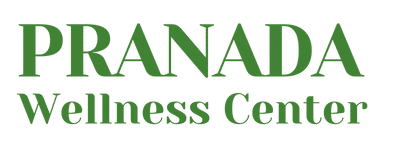Breast Cancer Facts from the World Health Organization 2023
Breast cancer is a disease in which abnormal breast cells grow out of control and form tumours. If left unchecked, the tumours can spread throughout the body and become fatal.
- Breast cancer caused 685 000 deaths globally in 2020.
- Roughly half of all breast cancers occur in women with no specific risk factors other than sex and age.
- Breast cancer occurs in every country of the world in women at any age after puberty but with increasing rates in later life.
- In 2020, there were 2.3 million women diagnosed with breast cancer and 685 000 deaths globally.
- In 95% of countries, breast cancer is the first or second leading cause of female cancer deaths.
- A 2020 study by the International Agency for Research on Cancer suggests that with an estimated 4.4 million women dying of cancer in 2020, nearly 1 million children were orphaned by cancer, 25% of which were due to breast cancer.
Breast cancer can have combinations of symptoms, especially when it is more advanced. Most people will not experience any symptoms when the cancer is still early.
Symptoms of breast cancer can include:
- a breast lump or thickening, often without pain
- change in size, shape or appearance of the breast
- dimpling, redness, pitting or other changes in the skin
- change in nipple appearance or the skin surrounding the nipple (areola)
- abnormal or bloody fluid from the nipple.
Read more at the World Health Organization website.
Citation: World Health Organization July 12 2023.
Breast Cancer Facts from the American Cancer Society
- Breast cancer is the most common cancer in women in the United States, except for skin cancers. It is about 30% (or 1 in 3) of all new female cancers each year.
- There is a 1 in 8 chance women will develop breast cancer.
- Breast cancer is the second leading cause of cancer death in women. (Only lung cancer kills more women each year.) The chance that a woman will die from breast cancer is about 1 in 39 (about 2.5%).
Read more at the American Cancer Society website.
How is breast cancer diagnosed?
Breast cancer is typically detected during mammography screening, before symptoms have developed (asymptomatic), or after a woman notices a lump or change in the breast (symptomatic). Detection after symptoms develop is more common among younger women who have not started breast cancer screening, older women who are no longer recommended for screening, and those who lack access to preventive screening. Most screen-detected masses turn out to be benign (not cancerous). When cancer is suspected, a biopsy is needed to establish the diagnosis through microscopic analysis. A needle biopsy (fine-needle or larger core-needle) is most common, but sometimes a surgical biopsy is performed. Selection of the type of biopsy is based on multiple factors, including the size and location of the mass, patient factors and preferences, and resources.
Citation: American Cancer Society. Breast Cancer Facts & Figures 2022-2024. Atlanta: American Cancer Society, Inc. 2022.
Breast Cancer Facts & Figures 2022-2024 (American Cancer Society)
Download this pdf at the American Cancer Society website.
Breast Cancer Statistics 2022 (American Cancer Society)
Download this presentation at the American Cancer Society website.


